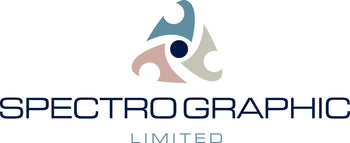
ARTUS 10
- The ARTUS 10 is the first direct reading spectrometer using CMOS and thermoelectric cooling technology. It is the ideal spectrometer for industries that process incoming steel, non-ferrous, unknown and composite metals material for in-process testing and final quality control. It meets the needs of users looking for a high-end solution.
Weight and Dimensions
Weight: 90kg
Packing Weight: 140kg
Instrument Size: 706 x 513 x 810mm
Packing Size: 980 x 990 x 770mm
Electrical Requirements
Line input 90 to 260 Volts AC 50-60 Hz. Automatic voltage stabilisation.
Environmental Requirements
Operating temperature 10 to 30 degrees C
Storage temperature -0 to 70 degrees C
Other Technical Parameters
Optical System: Paschen-Runge
Wavelength Range: ARTUS 10 Ultimate Plus: 130 – 700nm (with TEC option for better detection analysis of purer materials)
ARTUS 10 Ultimate: 130 – 700nm
ARTUS 10 Standard: 170 – 700nm
ARTUS 10 Basic: 200 – 700nm
Peak Power: 1200W
Working Humidity: (20-80) %RH
Argon Purity Requirements: approx. 99.999%
Argon Inlet Pressure: (0.45-0.65) MPa
Argon Flow: approx. 3.0L/min
Excitation Table Aperture: 13mm

- Very useful for customers with mass detection requirements for steel, casting, non-ferrous, unknown and composite metals material.
- The test time is short and the single analysis time of some metals can be as short as 10 seconds.
- Powerful Aberrant Spark Removed (ASR) technology removes aberrant sparks and reduces sample preparation requirements.

- The argon-filled dual optical cell design ensures high analysis performance of long and short-wave elements and avoids pollution and drift caused by the vacuum system.

- Excellent combination of hardware and algorithms; no drift correction; more stable.
- Detection efficiency is improved and argon gas is saved by more than 2/3.

- Newly added “clasping type” electrode fixture makes it simple for maintenance.
- One-click excitation; easy to use.

- Spectrometer, internet and A-care service enables recognition of the cloud interconnection, instant automatic notification of device anomalies, remote software upgrade, maintenance and feedback.
- Functional module graphical design and software operation is simple and more user friendly.
- Graphical display of the status of each module of the instrument helps to clearly judge the operation of the equipment.
- Switching the sample control type does not require reloading the model.
- Single interface for daily operations.
